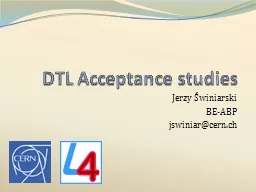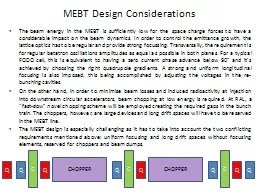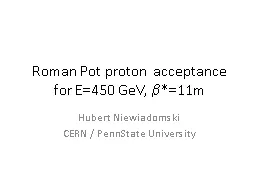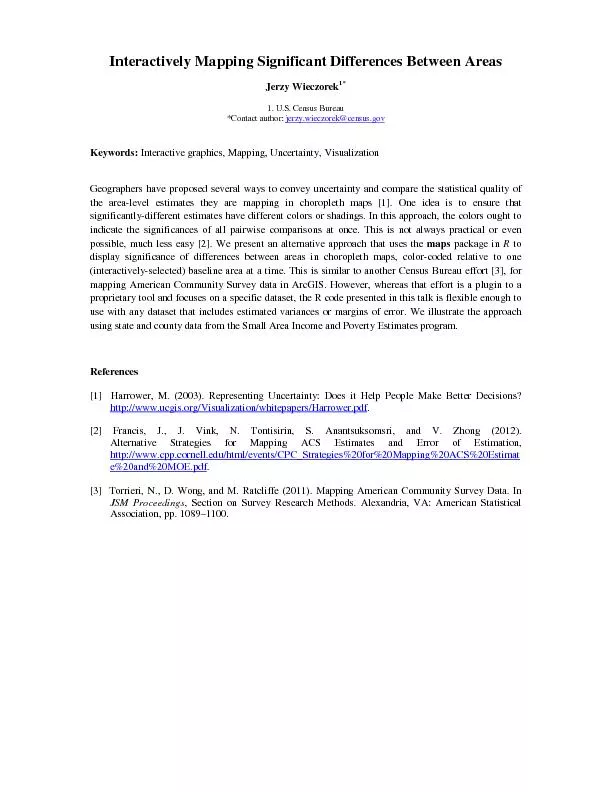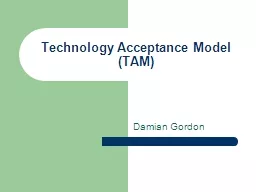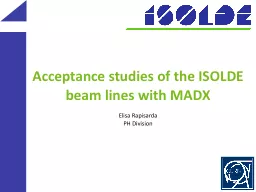PPT-DTL Acceptance studies Jerzy Świniarski
Author : sterialo | Published Date : 2020-06-16
BEABP jswiniarcernch Linac4 Linac first stage of accelerator complex Linac2 50Mev Linac225 years of technological advanceLINAC4 Linac4 160MeV high duty cycle
Presentation Embed Code
Download Presentation
Download Presentation The PPT/PDF document "DTL Acceptance studies Jerzy Świniarski" is the property of its rightful owner. Permission is granted to download and print the materials on this website for personal, non-commercial use only, and to display it on your personal computer provided you do not modify the materials and that you retain all copyright notices contained in the materials. By downloading content from our website, you accept the terms of this agreement.
DTL Acceptance studies Jerzy Świniarski: Transcript
Download Rules Of Document
"DTL Acceptance studies Jerzy Świniarski"The content belongs to its owner. You may download and print it for personal use, without modification, and keep all copyright notices. By downloading, you agree to these terms.
Related Documents

